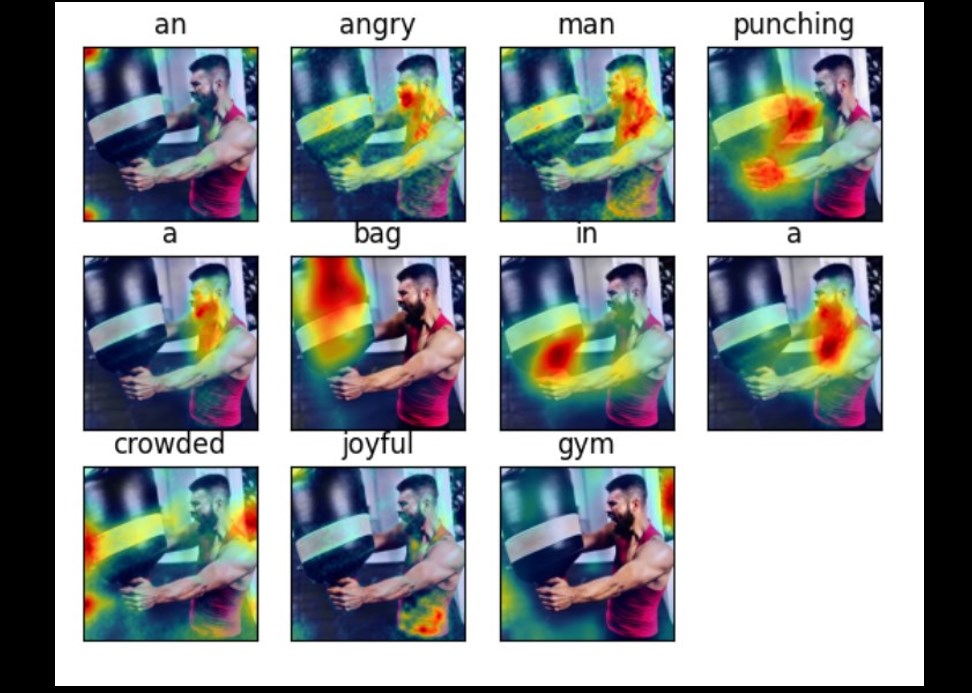Semantic Meaning & Analysis
See Related Papers and Related Projects:
## AI-based Exploration of Art and Design ## AI Anonymization ## AI Cognitive Creativity
## Sensing Humans (Bio/Brain/Face/Movement/VR) ## AI Modeling Thought & Language
Reseachers: Steve DiPaola, Suk Choi, Meehae Song, Nouf Abukhodair, Vanessa Utz
The Research:
Early Deep Learning systems are trained on huge datasets including text/image pairs that while can embed simple meaning, are still mainly trained on nouns like people, things, … Our main research area is to go beyond that to deeper Semantic Meaning & Analysis work . Which parses and models more multimodal and deeper semantic meaning to AI work. We do this by both analyzing meaning space ( cognitive science of the arts, gesture, emotion, empathy, creativity, behavior, …) but also then build models from cognitively and rigorously mapping these spaces that we can then use in our new emerging systems (with application in health, the arts, and education.
Our work into a new method to understand, measure and model “aesthic emotion” (see studies and papers)


 Reverse engineering generative visual Ai systems to better understand current meaning making to improve them. Here an emotionally complex prompt “an angry man punching a bag in a crowded joyful gym” and diffusion based output where we then used an advanced system to reverse detect and heatmap the meaning of every word back through the system
Reverse engineering generative visual Ai systems to better understand current meaning making to improve them. Here an emotionally complex prompt “an angry man punching a bag in a crowded joyful gym” and diffusion based output where we then used an advanced system to reverse detect and heatmap the meaning of every word back through the system

 Deep studies with eye tracking, on how an art viewer perceives (cognitively) artwork where we AI redraw masterwork (switch left/right eye detail & lost and found edges near chin). See several papers and over 200 press articles on our findings - like this one Magic of Rembrandt’s Painting Technique Revealed.
Deep studies with eye tracking, on how an art viewer perceives (cognitively) artwork where we AI redraw masterwork (switch left/right eye detail & lost and found edges near chin). See several papers and over 200 press articles on our findings - like this one Magic of Rembrandt’s Painting Technique Revealed.
 Additional studies on deep meaning in aesthics, emotions, creativity, empathy, … ( see papers).
Additional studies on deep meaning in aesthics, emotions, creativity, empathy, … ( see papers).



—— PAPERS: Semantic Meaning & Analysis ——
by
Abukhodair N; Song M; DiPaola S –
Cognitive Systems Research (2023)
by
Kitson A; DiPaola S; Riecke B –
ACM CHI Conference on Human Factors in Computing Systems (CHI) (2019)
by
Quesnel D; DiPaola S; Rieke B –
Semantic Ambient Media Experiences (SAME); Artificial Intelligence MEETS Virtual and Augmented Worlds (AIVR) with SIGGRAPH Asia (2018)
by
Feldman S; Yalcin ON; DiPaola S –
Electronic Visualisation and the Arts (EVA) (2017)
by
Salevati S; DiPaola S; Carlson K –
Electronic Visualisation and the Arts (EVA) (2016)
by
Choi S K; DiPaola S –
ACM Conf on Human Factors in Computing Systems (CHI) (2015)
by
Salevati S; DiPaola S –
Electronic Visualisation and the Arts (EVA) (2015)
by
Salevati M; DiPaola S –
Electronic Visualisation and the Arts (EVA) (2015)
by
DiPaola S –
Procedia Computer Science (2014)
by
DiPaola S –
Book Chapter. Electronic Visualisation in Arts and Culture (2013)
by
Bizzocchi J; Nixon M; DiPaola S; Funk N –
Digital Games Research Association Conference (DIGRA) (2013)
by
Choi S K; DiPaola S –
Electronic Visualisation and the Arts (EVA) (2013)
by
Gabora L; DiPaola S –
International Conference on Computational Creativity (ICCC) (2012)
by
Seifi H; DiPaola S; Enns JT –
International Symposium on Computational Aesthetics in Graphics; Visualization & Imaging (2012)
by
DiPaola S; Smith A –
Conceptual Structure; Discourse and Language (2012)
by
Choi S K; DiPaola S; Schiphorst T –
Conceptual Structure; Discourse and Language (2012)
by
DiPaola S; Riebe C; Enns JT –
Leonardo (2011)
by
Riebe C; DiPaola S; Enns JT –
Journal of Vision (2009)
by
DiPaola S; Gabora L –
Genetic Programming and Evolvable Machines Journal (2009)
by
Riebe C; DiPaola S; Enns JT –
Abstracts of the Vision Sciences Society (2009)
by
DiPaola S –
SPIE Human Vision and Imaging. Int. Society for Optical Engineering (2009)
by
DiPaola S –
The Journal Nature (2008)
by
DiPaola S –
Electronic Visualisation and the Arts (EVA) (2008)
by
DiPaola S; Arya A –
ACM SIGGRAPH - Symposium on Videogames (2006)
by
DiPaola S –
International Digital Media and Arts Association (IDMA) (2006)
by
DiPaola S; Arya A; Chan J –
E-Learn 2005 (2005)
by
Tolmie J; DiPaola S; Charles A –
Digital Games Research Association (2005)
by
DiPaola S; Arya A –
Electronic Visualisation and the Arts (EVA) (2004)
by
DiPaola S –
ACM SIGGRAPH - Conference Abstracts and Applications (2002)